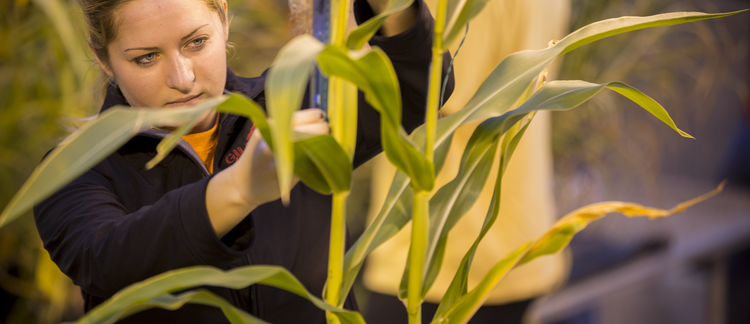Abstract
The soybean aphid can be a serious pest of soybeans. This insect reached high numbers during the summer of 2001 in extreme northeast Iowa. Populations during 2002 were too low to cause economic damage; however, in 2003 infestations reached historically high populations and were above economic thresholds throughout most of Iowa. The soybean aphid has up to 15 to 18 generations annually. Overwintering eggs survive on buckthorn (Rhamnus). The nymphs hatch in the spring, and after winged female generations are born, they fly in search of soybeans. Throughout the summer, winged and wingless individuals are born. They feed on soybeans, and once crowded, the winged aphids fly in search of non-colonized soybeans. During the later stages of maturity, increased aphid mortality occurs due to the depletion of their food source, and surviving winged aphids migrate back to buckthorn. Aphid infestations that peak at the R1-R2 soybean growth stages may cause stunted plant growth with possible yellowing of leaves with reduced pod and seed counts. A black residue, sooty mold, grows on honeydew, a by-product excreted by aphids found on leaves, stems, and pods. Ants are usually present when ample honeydew is present. The objective of this experiment was to measure the performance of several insecticides for control of the soybean aphid.
Keywords: Entomology
How to Cite:
Pecinovsky, K. T., Bradshaw, J. D. & Rice, M. E., (2004) “Management of Soybean Aphids”, Iowa State University Research and Demonstration Farms Progress Reports 2003(1).
Downloads:
Download pdf
View PDF
241 Views
92 Downloads

